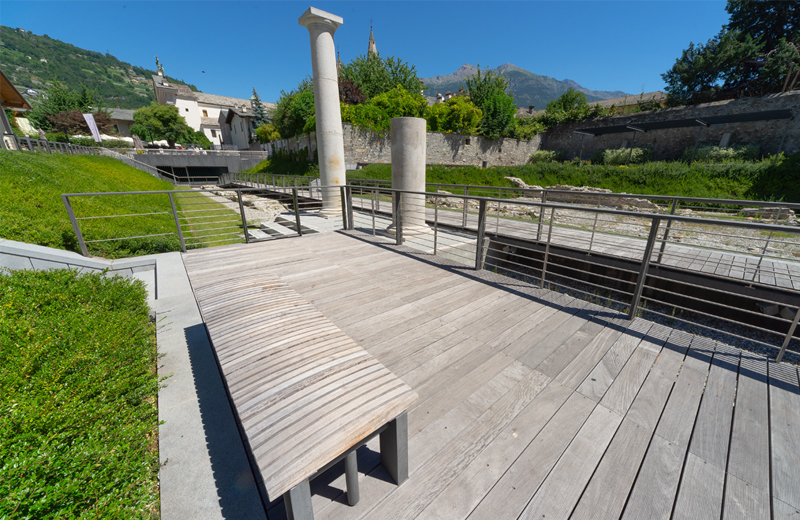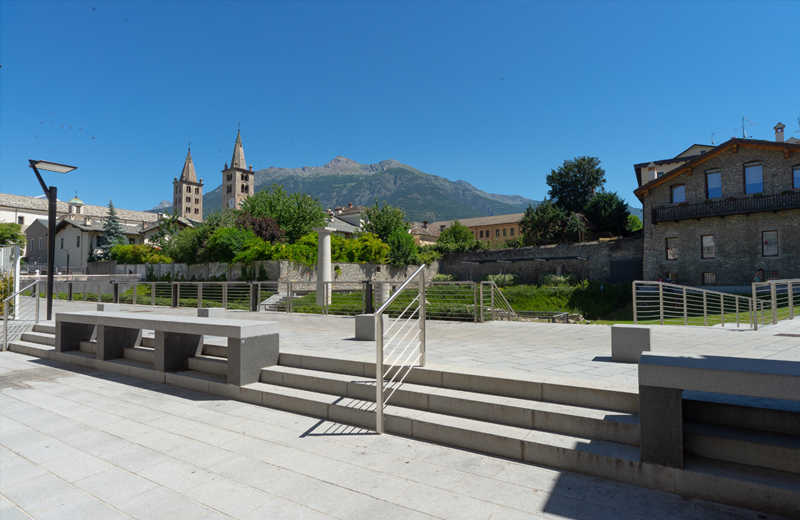Aosta in three days
Aosta in three days
Aosta
in three days
The secrets of the city!
A different, less well-known Aosta. Three days is sufficient for a more in-depth experience of this city steeped in history and traditions, including a look beyond the city walls. Findings from around 6,000 years ago tell of a far-off, fascinating age.
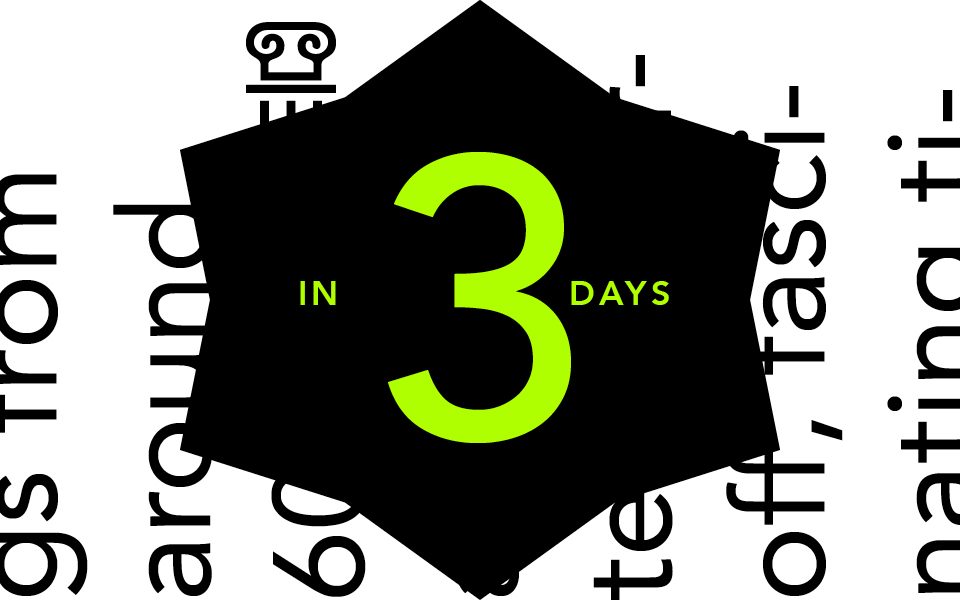
Get your camera ready, because for first-time visitors to Aosta, the Roman Bridge and the Arch of Augustus are two places not to be missed. The Buthier River flows under the arch of the Pont de Pierre, the "stone bridge”. Just a few metres away, if you look up, you’ll see the Honorary Arch dedicated to the Emperor Augustus, the monument that is the symbol of the city of Aosta!


Have you ever seen a lime tree, planted around 1530? You’ll find one here that has been a national monument since 1924. A tip: to enter San Lorenzo, it is advisable to buy a single ticket, valid for one year from the date of issue, which also includes entry to three other sites: the Cryptoporticus, the Regional Archaeological Museum and the Roman Theatre.
You can buy tickets online at www.midaticket.it/?s=aosta








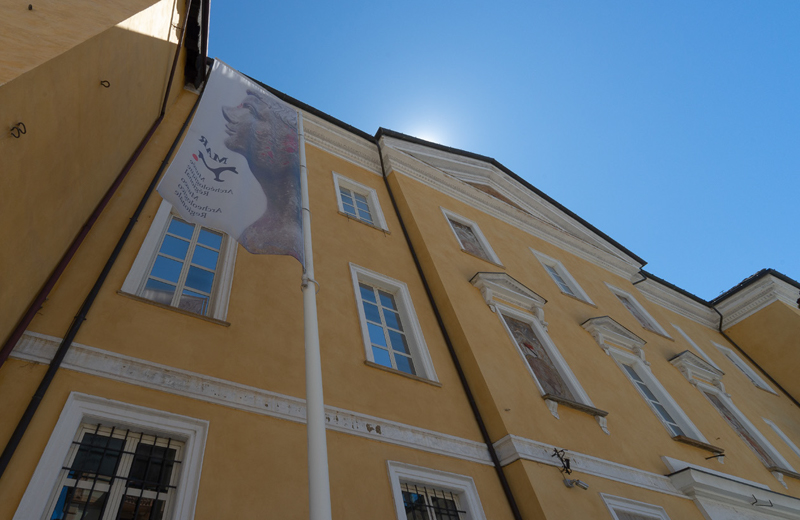
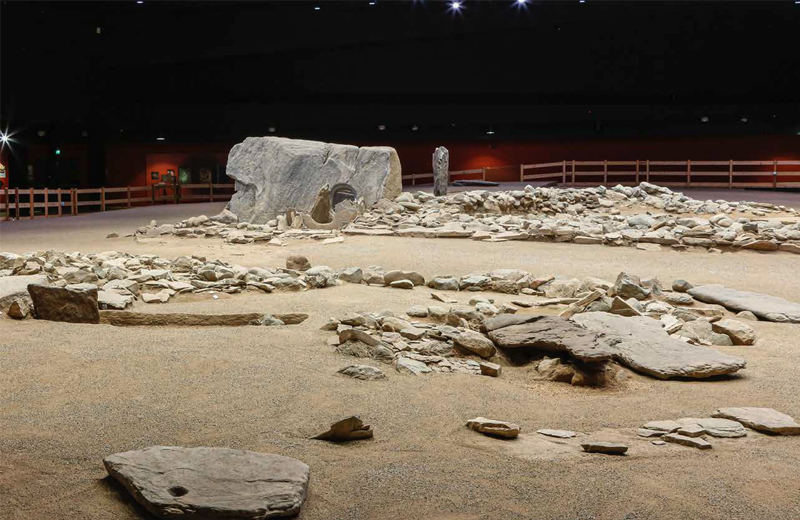
Featuring findings dating from ancient Egypt to the Etruscan civilisation, as well as Roman times, and a paradise for numismatics enthusiasts: a visit to the MAR - Regional Archaeological Museum - is a must for visitors to Aosta.
The museum is divided into a thematic and chronological route. On display in the former are some North African tiles and oil lamps from the regional collections. Further along the way are exhibits from the long period dedicated to Romanisation. This is followed by two rooms devoted to funerary rituals. The Christian-Mediaeval period is represented in the small room that brings the exhibition route to an end. Preserved in the basement of the Regional Archaeological Museum are the remains of the south-west corner of the eastern tower of the Porta Principalis Sinistra, one of the four city gates of Augusta Prætoria. The Museum also houses the prestigious 'Pautasso' numismatic collection of coins from the Greek era to the Savoy period. Not to be missed are the Celtic, Gallic and Po Valley coins.
The "Carugo Collection" room houses finds from Etruscan civilisation, ancient Egypt and Mesopotamia.
https://www.lovevda.it/it/banca-dati/8/musei/aosta/museo-archeologico-regionale/723

San Grato Chapel. Discovering the artists of the Aosta Valley. In the Middle Ages, it was an important city thoroughfare for transit and commercial activities, but today the central Via De Tillier - as well as being a favourite place for a stroll and some shopping - is also home to the chapel of San Grato. Probably built in the 15th century, it is now deconsecrated. Aosta Town Council granted it to the Association of Aosta Valley Artists, who renamed it 'Galleria San Grato'. The Association undertakes to keep it open to the public 365 days a year, holding weekly non-stop personal and collective exhibitions.
www.associazioneartistivaldostani.it
www.lovevda.it
Severino Caveri Square: where the sacred meets the profane.
Take a seat on a bench or outside one of the cafés for an aperitif and observe how the hand of man has today reproduced what time has given us, and muster up a little imagination: this square – named Severino Caveri after one of the fathers of Autonomy for the Aosta Valley - is a portion of what was once the grand Roman Forum. The upper part defined the sacred area, while the lower part opened out onto the area dedicated to public functions where shops, tabernæ and administrative offices once looked onto the square (platea).
www.regione.vda.it
